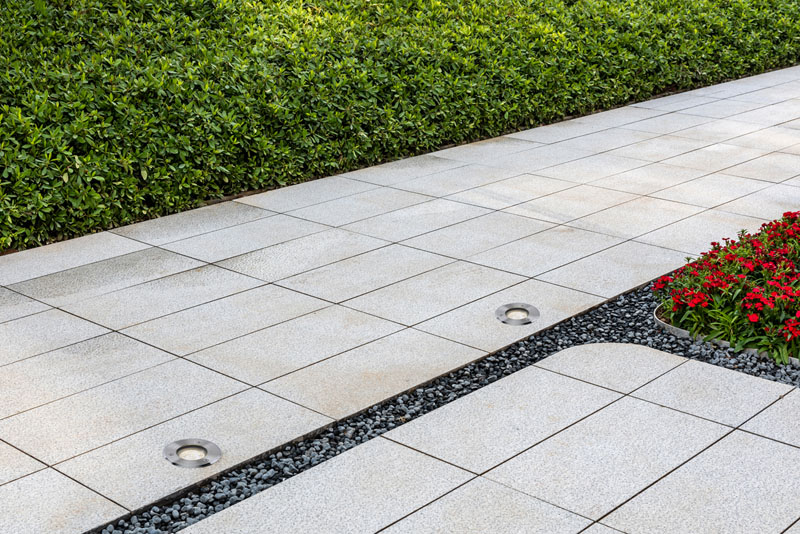
With the impact of Covid-19 likely to be with us for some considerable time, many merchants are looking at expanding their product offering to appeal to an even wider cross-section of trade customers. Furthermore, the lockdown has reinvigorated the nation’s love for their gardens and outside spaces. Scott Brewer, Head of Technical at Knightsbridge, discusses some of the key considerations the trade should be aware of when it comes to providing power and light for outdoor areas.
Thanks to lockdown, people have been appreciating outdoor space like never before, and are bound to seek to maximise their gardens for the future. Lockdown has given people with outdoor space a much better appreciation of it — and feedback from our customers suggests that they are looking to enhance their assets with lighting and water features, in addition to access to power in the garden for tools, appliances and leisure.
There are two main elements to providing power in the garden: safety and, with lighting, design and aesthetics.
Switches, sockets and accessories should be purpose-designed and have suitable ‘ingress protection’. Ingress Protection ratings identify the ‘degree’ of protection against the entry of objects, accidental contact or water into the enclosures of electrical equipment.
An IP rating consists of two digits: the first from zero to six and the second from zero to nine. The first refers to the size of object that could enter an enclosure. The second indicates the level of protection against liquids. The highest ratings refer to a product’s capacity for immersion, for such applications as ponds and fountains.
For garden sockets and switches, IP66 is a prudent minimum. This means they are completely secure against ingress of dust, any possibility of contact and protected against powerful jets of water. Socket casings should have enough height to accommodate moulded plugs comfortably to form a proper seal when closed. Sockets should also have either integral 30mA RCD protection or be on an RCD/ RCBO protected circuit.
This reminds us that it is not recommended to take the garden circuit off an existing circuit through a fused spur. Should the device fail and/or allow water into the home, the homeowner would be at risk of shock, or inconvenience through continual tripping of household appliances.
Ideally, the supply to the garden should be an independent circuit with an independent RCD, or RCBO, so that, if faults occur, tripping doesn’t affect the rest of the installation. Any new circuit becomes notifiable under Part P as above.
For further details of Knightsbridge’s weatherproof and outdoor wiring accessory and lighting products, and to start a wholesale order, visit https://www.mlaccessories.co.uk/









